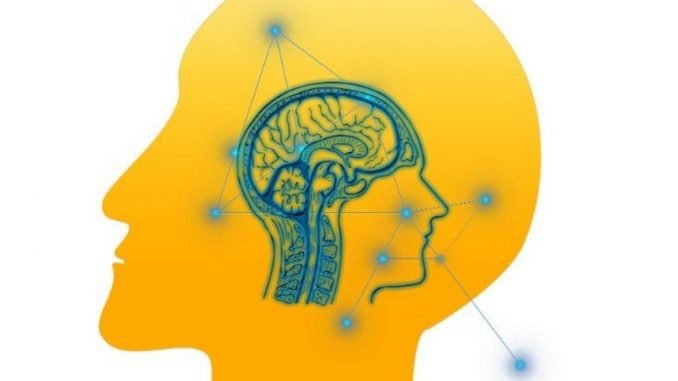
The researcher found a new functional coupling mechanism between neurons serve as a communication channel between brain regions
Helsinki [Finland]: An international research group has discovered in the human brain a new functional coupling mechanism between neurons, which may serve as a communication channel between brain regions.
The novel study published in Nature Communications was led by research groups of Professor J. Matias Palva and Research Director Satu Palva at the Neuroscience Centre of the University of Helsinki and Aalto University, in collaboration with the University of Glasgow and the University of Genoa. Neuronal oscillations are an essential part of the functioning of the human brain. They regulate the communication between neural networks and the processing of information carried out by the brain by pacing neuronal groups and synchronising brain regions.
High-frequency oscillations with frequencies over 100 Hertz are known to indicate the activity of small neurons populations. However, up to now, they have been considered to be exclusively a local phenomenon.
The findings of the European research project demonstrate that also high-frequency oscillations over 100 Hertz synchronize across several brain regions. This important finding reveals that strictly-timed communication between brain regions can be achieved by high-frequency oscillations.

The researchers observed that high-frequency oscillations were synchronised between neurons groups with a similar architecture of brain structures across subjects, but occurring in individual frequency bands. Carrying out a visual task resulted in the synchronisation of high-frequency oscillations in the specific brain regions responsible for the task execution.
These observations suggest that high-frequency oscillations convey within the brain ‘information packages’ from one small neuronal group to another.
The discovery of high-frequency oscillations synchronised between brain regions is the first evidence of the transmission and reception of such information packages in a context broader than individual locations in the brain. The finding also helps to understand how the healthy brain processes information and how this processing is altered in brain diseases.


